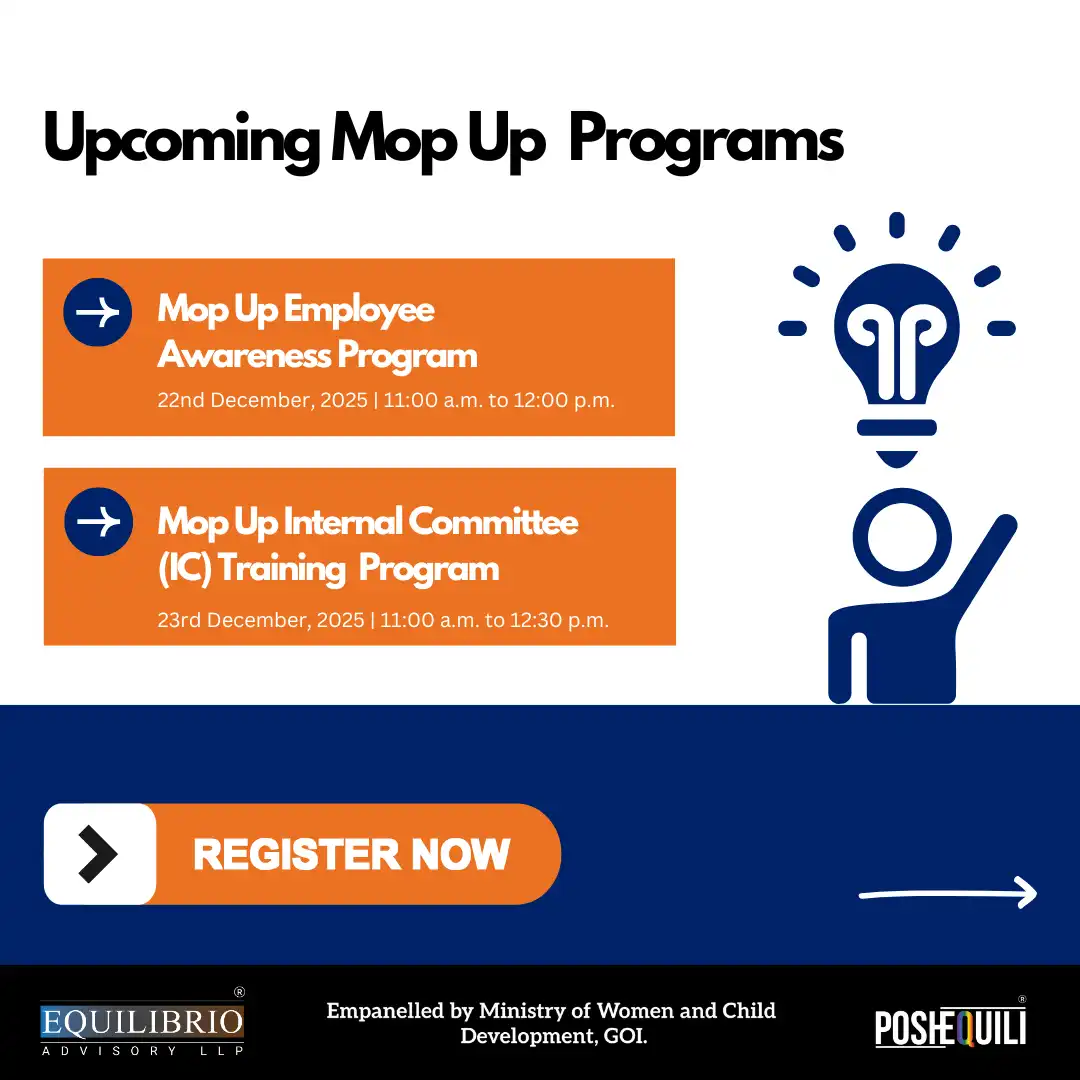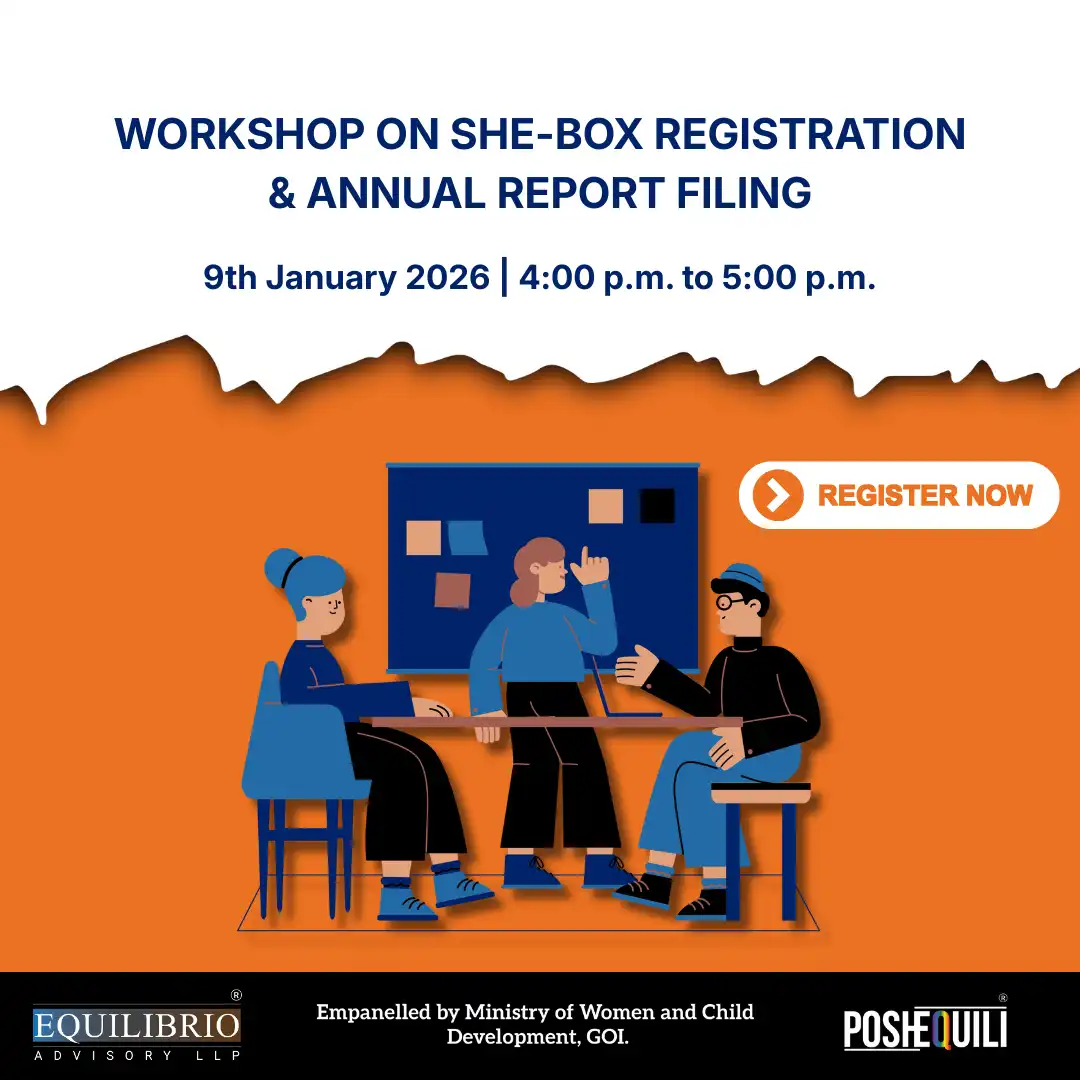Microaggressions: Sexual Harassment Subtleties in the Workplace
Imagine a workplace, if you will, with a diverse workforce. It may be similar to yours, people of different castes, creed, religions, ages, genders etc. Shyam Sundar sir, a humble yet wise older gentleman, often pats people on the heads to “bless” them. One day, Anita, a timid and quiet young lady, was the recipient of one of these head pats and walked away unsettled. Many of us, have felt, just a smidge, ruffled due to a seemingly innocent question (“Are you going on a date again?”), gesture (biting or licking the lips in a certain manner) or physical touch (a pat on the back that lingered a little too long. Or was that your imagination?). These actions, though subtle, are what we call microaggressions.
Chester M. Pierce, a Black Harvard University psychiatrist, invented the term “Microaggressions”. The word was first coined in the 1970s by Pierce to describe slights and insults hurled at Black Americans by (usually) their non-Black counterparts. Today, Vox describes Microaggressions as “the kinds of remarks, questions, or actions that are painful because they have to do with a person’s membership in a group that’s discriminated against or subject to stereotypes.”
Though at first glance microaggressions seem harmless, the effects of experiencing microaggressions can be severe over a period. Microaggressions are unsettling because of their nature: casual, frequent, sometimes ambiguous but often without malicious intent. Derald Wing Sue, a professor at Columbia University (who studies multicultural counseling and racism) says “No one is immune from inheriting racial, gender and sexual orientation biases.”
So, if microaggressions are so ubiquitous, why are they such a big deal? Why can’t we brush them off? Before we investigate why microaggressions are a cause of concern, let’s look at the different types of microaggressions. University of New Hampshire in its National Science Foundation funded research breaks down microaggressions into three forms:
- microassaults: “old fashioned” discrimination
- name-calling, avoidant behavior, or purposeful discriminatory actions
- likely to be conscious and deliberate
- microinsults: subtle snubs that communicate a covert insulting message
- convey stereotypes, rudeness, and insensitivity that demean a person’s identity
- are frequently unknown to the person
- microinvalidations: disconfirming messages
- exclude, negate, or dismiss the thoughts, feelings, or experiences of certain groups
- may be most damaging form of the three microaggressions
- Example: Dismissing a coworker’s contribution because of her looks.
When we question the validity of the occurrences of microaggression, that too is a microaggression, specifically a microinvalidation. When we repeatedly interrupt a female coworker or speak over her, it is a microinsult. Frequently assigning administrative tasks to our female workers is a form of microassault.
When a supervisor calls a meeting to have a “boys talk” or invites only male workers out for lunch, or when an organization has an informal “boys club” culture that excludes women and other folks, it is considered a microassault. Such workplaces are quite common in our culture, and could be the reason why women only constitute 20.7% of the total workforce, a 2021 statistic presented by the International Labour Organization.
Say you’re on a work trip and Natasha is driving, you’re impressed with her driving. So, you blurt out “I’m surprised you drive so well!”, the implication being that because Natasha is a woman, she is an exception to the stereotype that women can’t drive. Your statement would be an example of a microinsult. It is a backhanded compliment that is contingent on reinforcing a dated stereotype.
Fathima has joined as an IT head to the organization. She is quite cosmopolitan and has a commanding presence when she enters any room because of her looks. But her supervisor and coworkers often question the validity of her statements and critique her work more than the others in the office. This is a form of microinvalidation and could be the result of a common stereotypical understanding that a good-looking woman may not be technically sound.
How can we be cognizant of our behavior, mannerisms, speech in a way that minimizes and reduces the harm created? Being able to diplomatically interact with a diverse range of colleagues, clients and peers is a valuable talent; one that can be honed. This requires us to create human connections with our colleagues and clients. Microaggressions dehumanize the person on the receiving end by causing them to question their norm and whether they belong in the environment they are in, like workplaces.
It is important to know what microaggressions are and how to avoid being microaggressive. Some forms of microaggressions can be categorized as sexual harassment. This is prohibited under the Sexual Harassment of Women at Workplace (Prevention, Prohibition and Redressal) Act of 2013. Section 2 (n) of the Act which defines sexual harassment as “one or more of the following unwelcome acts or behavior (whether directly or by implication) namely –
- physical contact and advances; or
- a demand or request for sexual favours; or
- making sexually coloured remarks; or
- showing pornography; or
- any other unwelcome physical, verbal or non-verbal conduct of sexual nature”
Let’s look at some examples of microaggressions that also fall under sexual harassment:
- Making a statement that a woman of a certain caste or religion may be more sexually active than others
- Stating that having a tattoo or piercing or wearing western clothes, drinking, smoking or going out for parties would mean that a woman is ‘open’ to sexual advances and may be ‘okay’ with ‘anything’.
- Stating that clothes of a particular colour or a particular kind of make-up or lipstick shade makes women look more ‘sexy’, ‘wanted’, ‘difficult to resist’ etc.
- Giving compliments like you’re so beautiful, you are turning me on etc.
- Calling coworkers babe, bomb, darling, brushing past her or leering etc.
It must also be noted that all these instances occurring using whichever mode of communication (online or offline) would be considered as sexual harassment.
In a New York Times article, Vicki Schultz, a professor of law and social sciences at Yale Law School, says sexual harassment is “behavior that undermines equality.” Microaggressions make its receivers feel like they don’t belong because they aren’t being treated like the norm. This feeling of displacement from one’s workplace can cause a lot of distress to the receiver. Another reason microaggressions can cause anxiety is due to the fact that most of the times microaggressions (usually) cannot be reasonably refuted because of gaslighting. Gaslighting is a term used to describe the manipulative ways one can make someone question their reality. It is often a tactic used to derail conversations that can hold us accountable when we have been microaggressive. Microaggression is often referred to as “death by a thousand cuts”. Though, microaggressions are subtle, they are quite pervasive and often lead to low morale and create a hostile work environment.
With the rise of virtual workspaces, during this pandemic, the lines between the private and the professional has blurred. In this odd space between home and work, microaggressions in the workplace, especially ones with sexual overtones, could be amplified due to people’s vulnerabilities being on display for their coworkers to see.
Empowering ourselves with tools to recognize microaggressions would be a good idea. “Subtle Acts of Exclusion” a book authored by Tiffany Jana and Michael Baran would be a good starting place for further research. POSHequili provides Employee awareness sessions, a useful tool in identifying instances of sexual harassment and for the redressal process of such complaints.
– Sanjla Perumal, Associate




